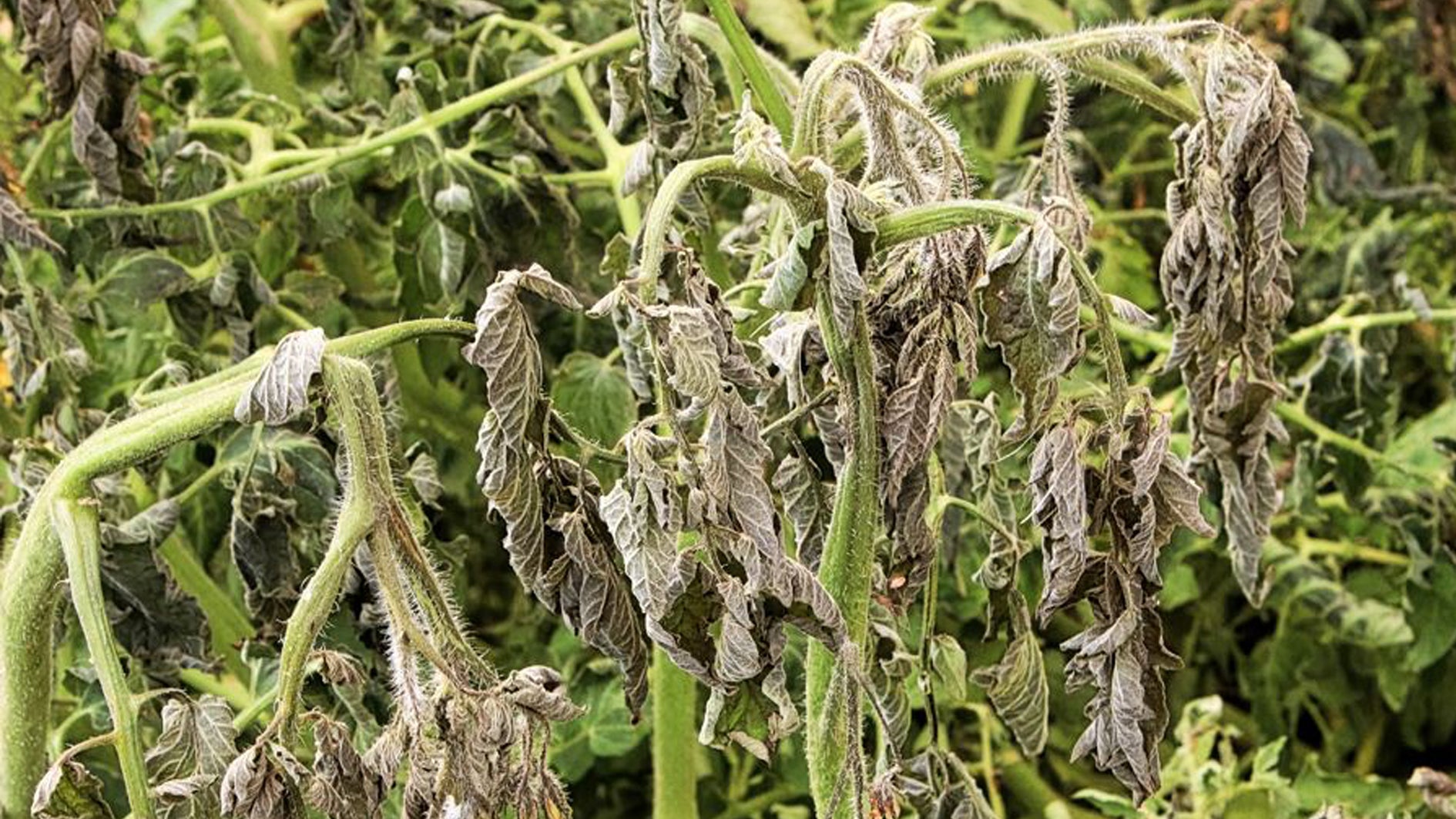
Frost Damage
16 Jul, 2021
The damage occurs when water inside the plant’s cells freeze and form ice crystals. As the ice crystals form they expand and rupture the cell walls, causing death. How much damage ensues depends on the plant. Some plants will die; others will simply die back and, with luck, will recover in spring.
What to Do
Frosts affect the leaves first, followed by the stems, branches and roots. While dead leaves may be hanging off the stems, the stem itself may not be dead. You will be able to see how much damage is done in spring if and when new shoots appear, so hold off pruning immediately.
While it may be tempting to remove the damaged plant material straight away, you could be doing more damage than good if you prune too early. Pruning stimulates growth, and any new shoots will be damaged if more frosts hit. The damaged plant material can also act as an insulator, protecting the plant from further injury.
Wait to prune your plants until spring, or until the risk of frosts has passed.
Hold off feeding as well. Like pruning, feeding encourages new growth, and any new growth is easily damaged by cold weather. Wait until spring to feed.
Prevention
If you have vulnerable plants in pots, move them to a sheltered spots – in glasshouses, under covered decks or in the garage overnight.
Keep an eye on the weather, if it looks like there could be a frost, cover any vulnerable plants with frost cloth, or spray with Vaporgard.